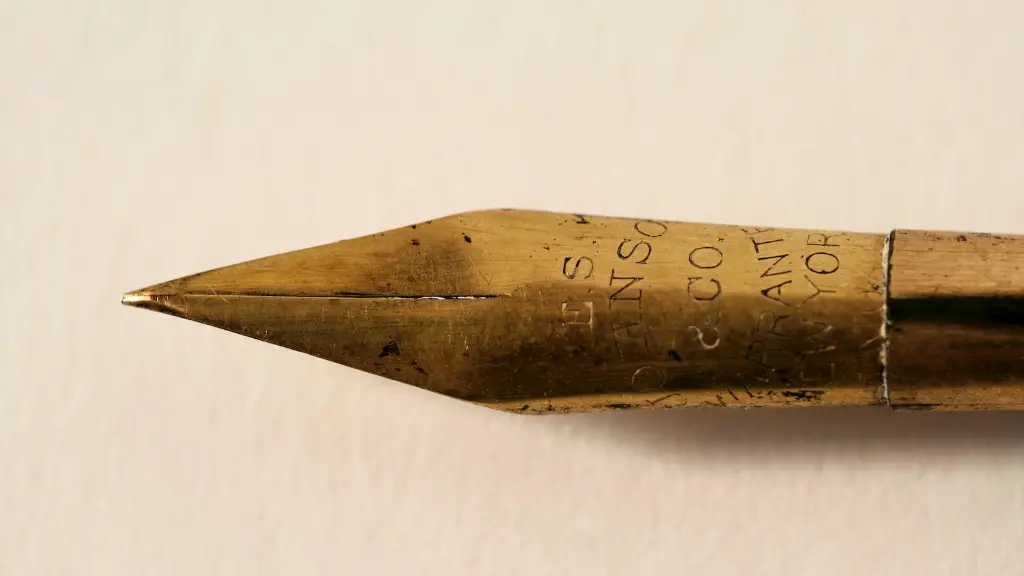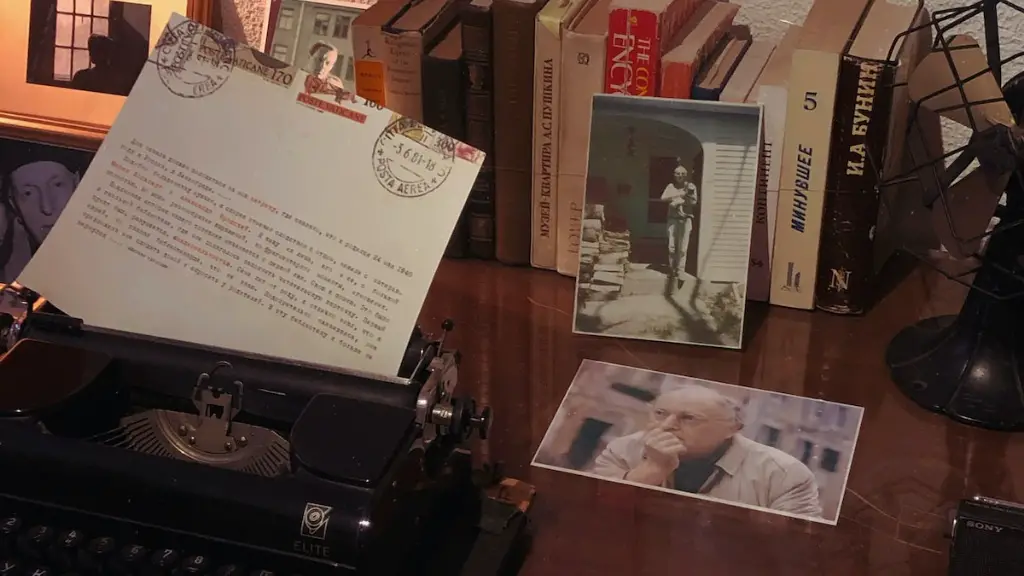Introduction
Organizing a poetry book can seem like a daunting task. However, with the right structure and creative ideas, it can be easier than you think. Creating a book of poetry is a great way to express your feelings and share your work with the world. Knowing how to structure a poetry book will help you create an order for your writing that makes sense and stays true to your style. In this article, we discuss the tips and techniques to help you structure your poetry book, including how to organize and format your poems, creating themes and titles, adding visuals, and choosing the right publishing platform.
Types of Poems
When structuring a poetry book, it is important to consider the types of poems you would like to include. Some types of poems include love poems, nature poems, funny poems, and political poems. Knowing the different types of poems and how they are structured can greatly help you when organizing your book. Generally, poems can be divided into two categories: rhymed or unrhymed.
The rhymed poems are ones that follow a pattern of syllable sounds, while unrhymed poetry does not have a set pattern. It is important to decide which type of poetry you are writing and decide on a structure. This will make the task of organising your poetry book much easier. Once you have decided on the type of poem, you can then begin to make choices about the structure of your book.
Creating Themes
Another way to structure a poetry book is to create themes. Themes are broad topics that your writing can focus on. Some examples include love, nature, relationships, and politics. By creating themes, you can organize your poems in a way that provides consistency throughout the book.
Organizing your poems according to themes can help the reader identify different patterns and trends in your writing. It can also make it easier for the reader to find a poem that interests them. Having a consistent theme throughout your book can also make it easier for you to create a title for your book, as you can focus on a natural theme that ties all your poems together.
Adding Visuals
Adding visuals to your book can help to capture the reader’s attention and add a unique flair. Visuals can be anything from illustrations or photographs to even QR codes. Adding visuals to your book can add depth and intrigue, and can even help to tell the story of your poems without the aid of any words.
Visuals can be used to help create the atmosphere of a poem or to show a particular emotion. Adding visuals to your book can also help to engage the reader, as visuals often evoke an emotional response. It can also help to set the scene for your poems in a way that words alone cannot.
Choosing a Publishing Platform
Choosing the right publishing platform can be a daunting task, as there are a lot of options available. It is important to take the time to research each platform and decide which one is right for you and your book. If you are looking for a print option, you may want to consider a self-publishing platform that offers print-on-demand services.
If you are looking for a digital option, there are a lot of platforms to choose from, including Amazon Kindle, iBooks, and CreateSpace. Each platform has their own advantages and disadvantages and so it is important to research thoroughly before committing to one.
Formatting and Organizing Poems
For a poetry book to be effective, it must be formatted and organized properly. This means that the order of the poems must make sense and follow an easy-to-follow format. Generally, it is best to arrange poems by different themes, as this makes it easier for the reader to follow.
When it comes to formatting, there are no steadfast rules. However, using smaller text and font can help the poems read better. You can also add page numbers and page breaks to make the book easier to navigate. It is important to use the same font and formatting throughout the entire book and make sure it is consistent.
Marketing Your Poetry Book
Once you have published your book, the next step is to market it. There are a number of different ways to do this, including using social media, setting up an author website, and attending book signings. It is important to come up with a plan of action so that you can reach potential readers.
Researching potential readers is also important, as you need to know who your target audience is and how you can reach them. Setting up a blog to share excerpts of your work or videos about your work is a great way to spread the word about your book. Attending book festivals and events can also help you reach a wider audience.
Print & Digital Opportunities
When thinking about how to structure your poetry book, it is also important to consider print and digital opportunities. There are a number of print and digital options available, so it is important to research these options and choose the one that is right for you.
Print options such as hardcover books and paperback books are a great way to make your work available to readers in a physical form. However, digital books such as e-books and audiobooks can make your work accessible to a wider audience. It is important to consider both print and digital options when creating and structuring your poetry book.
Collaborating with Other Writers
When creating a poetry book, collaboration with other writers can be an effective way to structure your book. Working together with other writers can create a great platform to exchange ideas and gain feedback from others.
This can make the book more effective as different voices and perspectives can add greater depth and make the work more engaging. Collaborating with other writers can also make the task of structuring your book much easier as you have a team to help. Not to mention, it can be a great learning experience for everyone involved.
Conclusion
Organizing a poetry book is not as difficult as it may seem. By following these tips and techniques, you can structure your book in a way that makes sense and reflects your style. Knowing the different types of poems, creating themes and visuals, and choosing the right publishing platform are essential components to structuring a successful poetry book. Working with other writers and considering print and digital opportunities can also make the task of creating a book that much easier. With the right structure, you can create a book of poetry that engages readers and expresses your unique voice.


